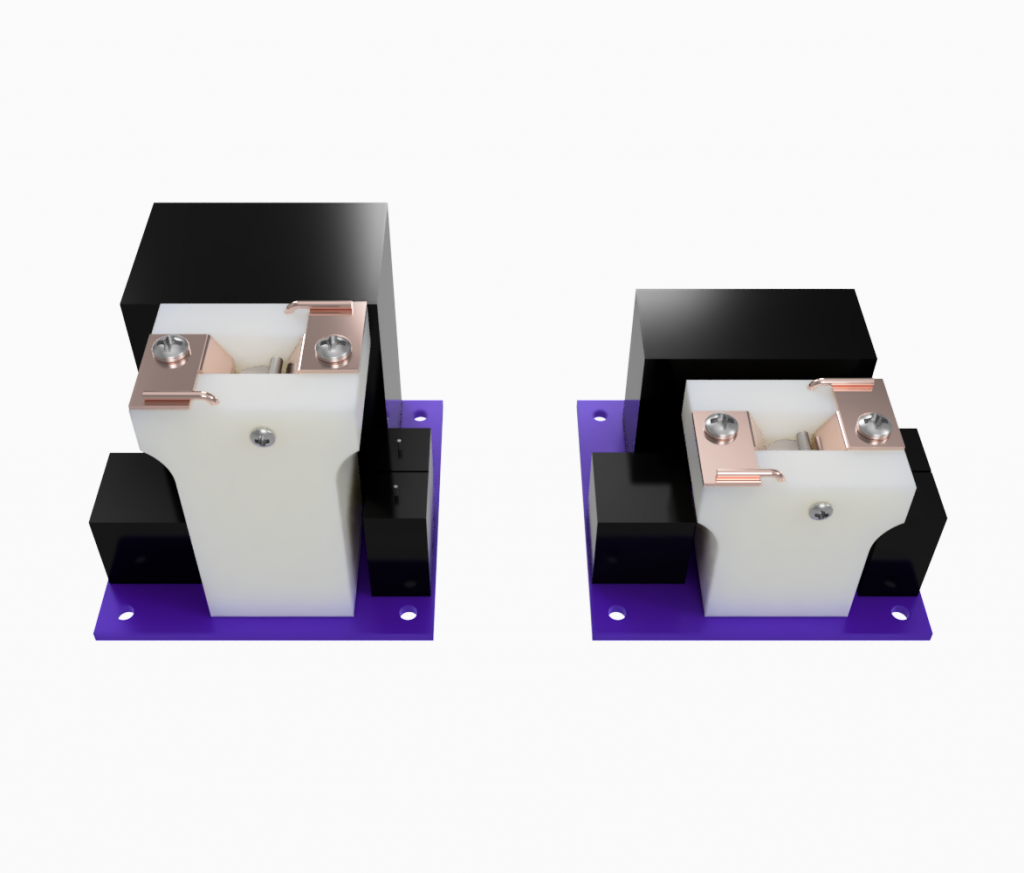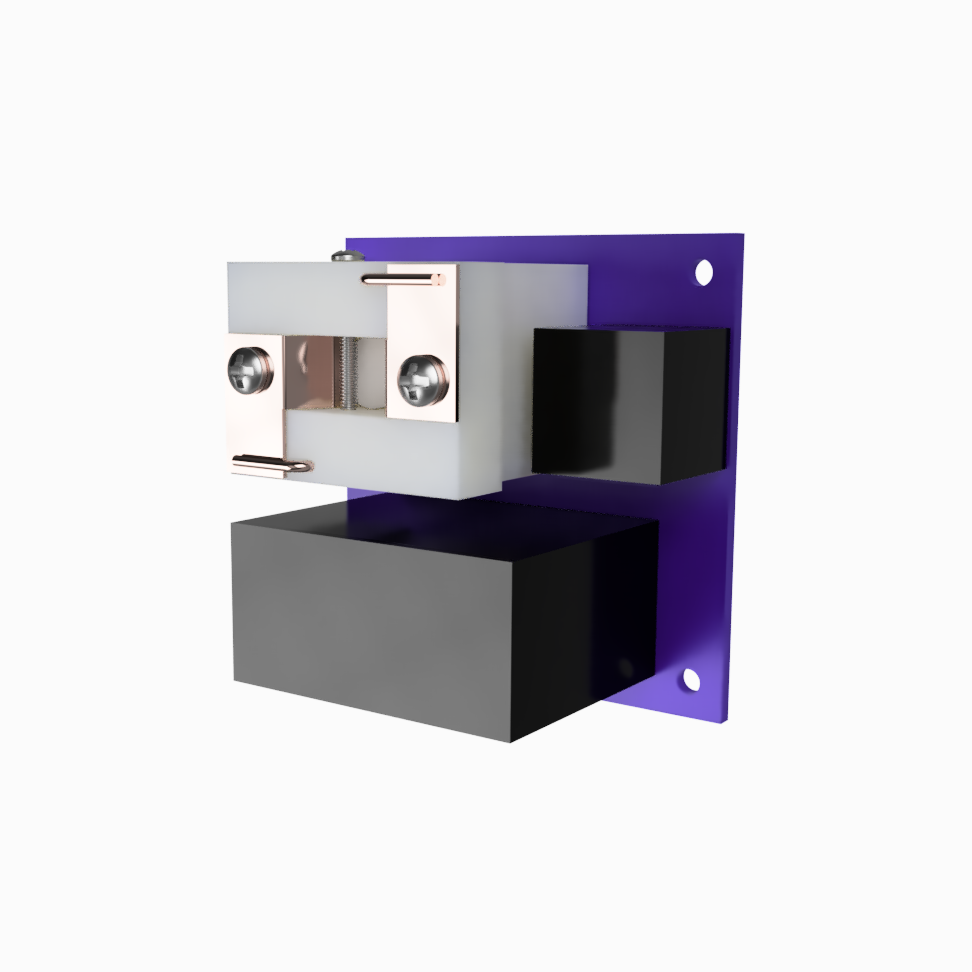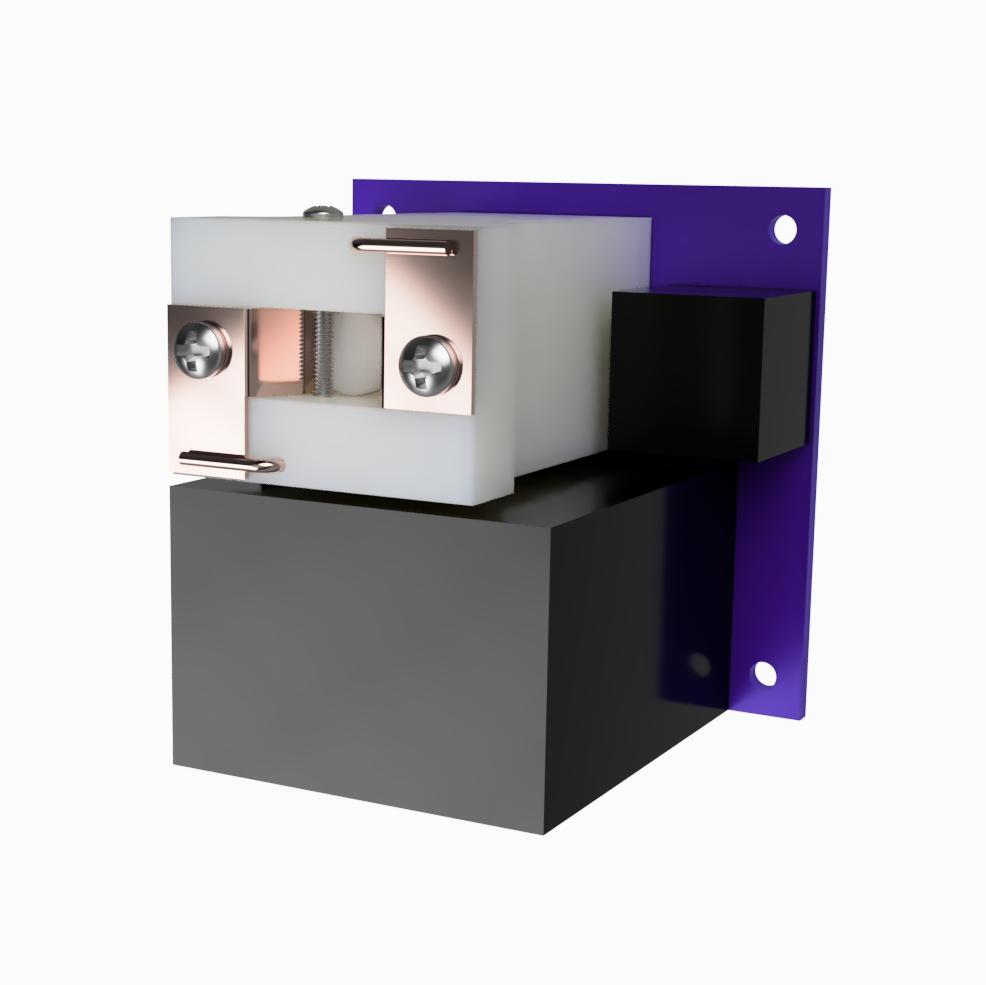It’s been a work in progress for a while, but I am pleased to finally release a look at the next generation AIS pulsed plasma thrusters: the AIS-ePPT series! These thrusters take lessons learned from the earlier gPPT prototypes with major improvements. I had originally retired the gPPT series prior, but I had so many inquiries and excitement still for those original ultra-low cost open-source thrusters that I decided to come up with a higher performance design, as a direct replacement for the AIS-gPPT3-1C specifically, while further reducing cost and making the thruster even more accessible.

The ePPT series uses custom 3D printed housing, spring fed 1/4″D Teflon fuel bar, diverging electrode configuration, increased igniter output, and Pico Electronics 1.6W supplies. Total cost from the gPPT3 has also been reduced by hundreds of dollars, and eliminates custom machining.

The AIS-ePPT1-a is the smaller of the two, a direct replacement for the older AIS-gPPT3-1C. 45x45x25mm size, at 0.1J bank energy and increased rep rate of several Hz. The spring-fed Teflon fuel bar use-able length is about 12mm, massively increasing capacity from my older PPTs.

Scaling up, we have the AIS-ePPT1-b. 45x45x38mm. Bank energy up to 0.5J. The thruster also features increased fuel capacity at around 25mm feed. Both the a and b configuration utilize the same board and mounting layout, where the main bank and housing are directly interchangeable

Below are some cross-sectional views of the AIS-ePPT1 thruster assembly. A stainless bolt is secured through the housing less than a mm from the cathode to serve as both the igniter pin and fuel stop. (Spring is shown fully extended and intersecting with the Teflon fuel bar for reference.)
While my primary focus and funding will be allotted to the much anticipated AIS-ILIS1, scheduled for first ignition testing in mid-April, I hope to have the first ePPT1 prototypes ready for testing soon after. The ePPT series is still geared towards ultra-low cost entry-level educational payload units, but offers any team a chance to explore advanced electric propulsion, either in the lab or in space!


